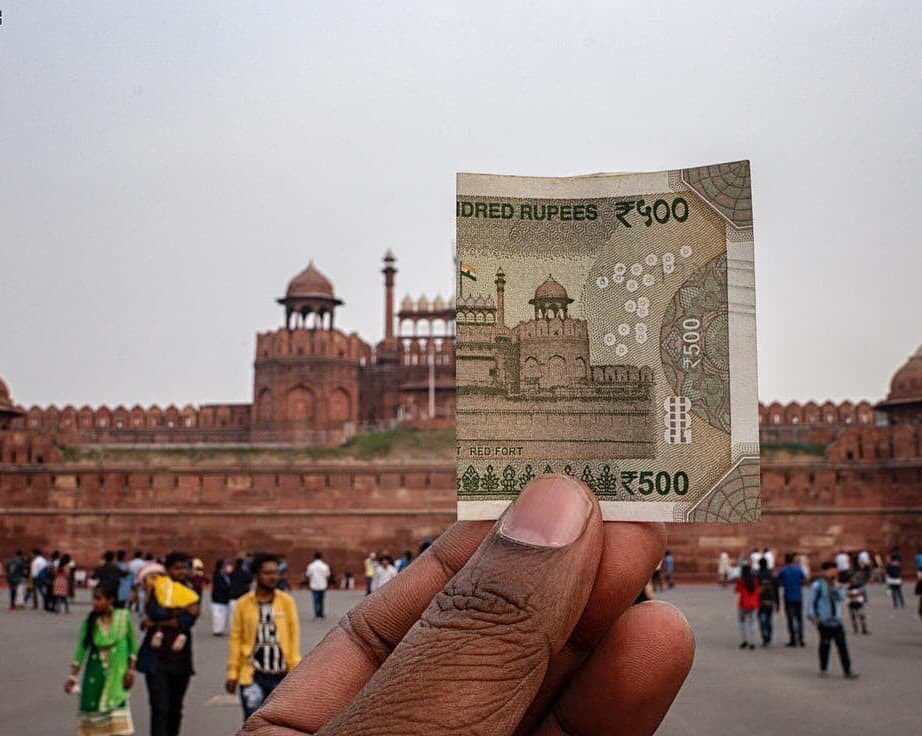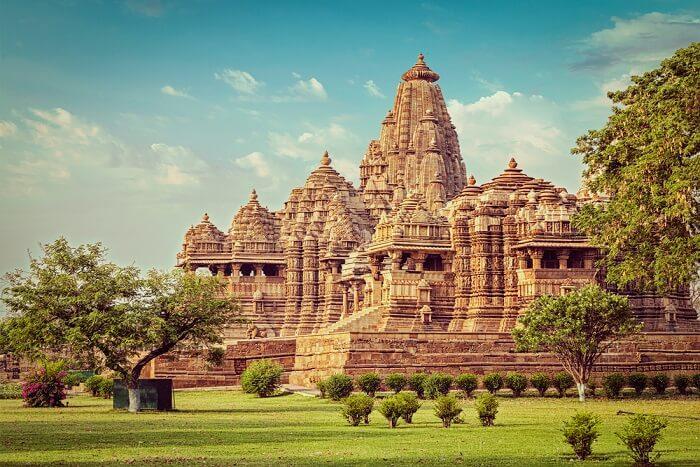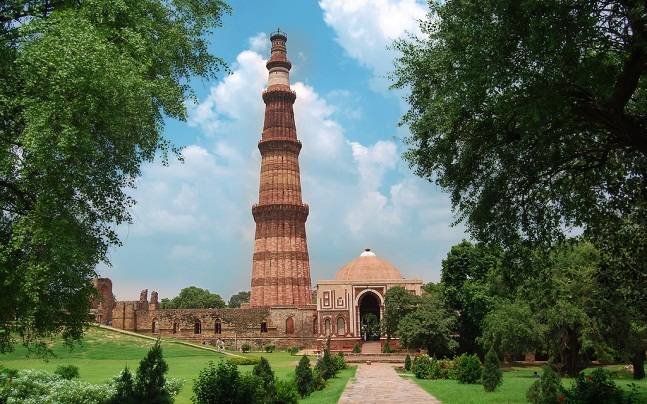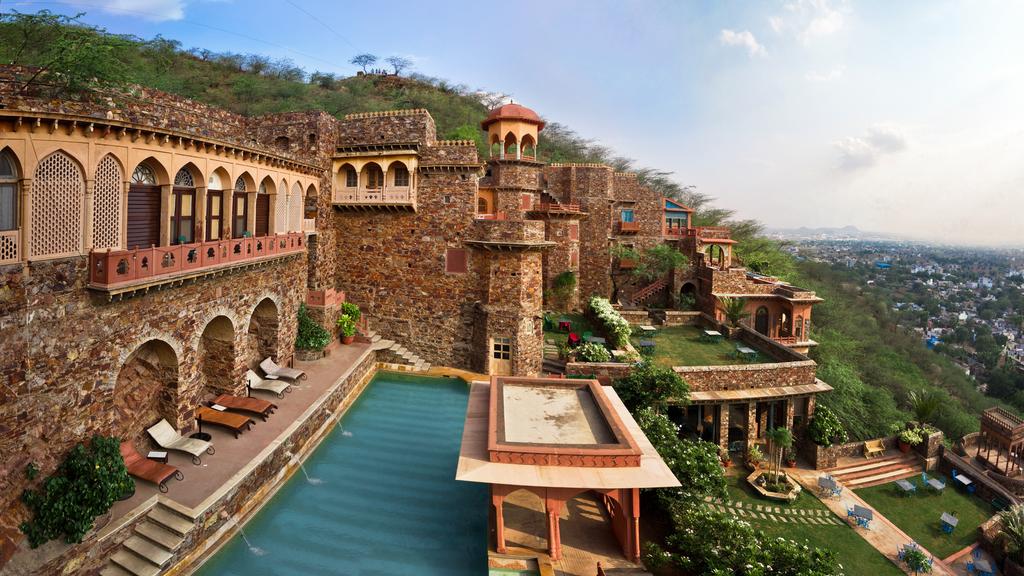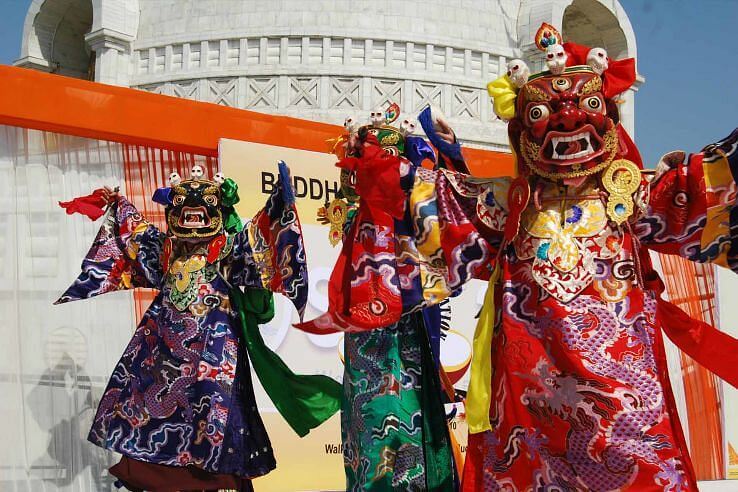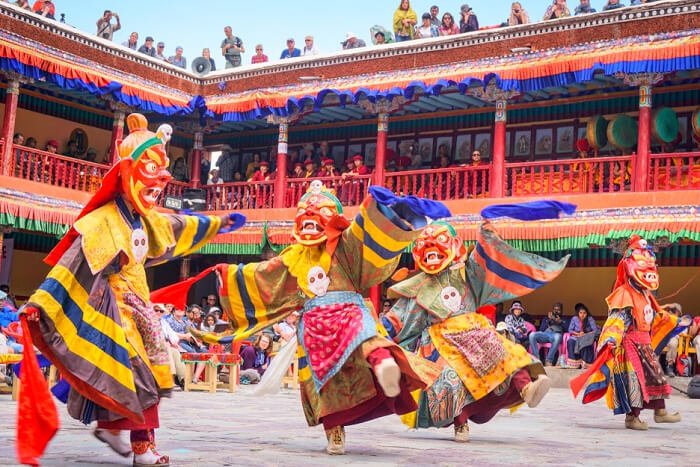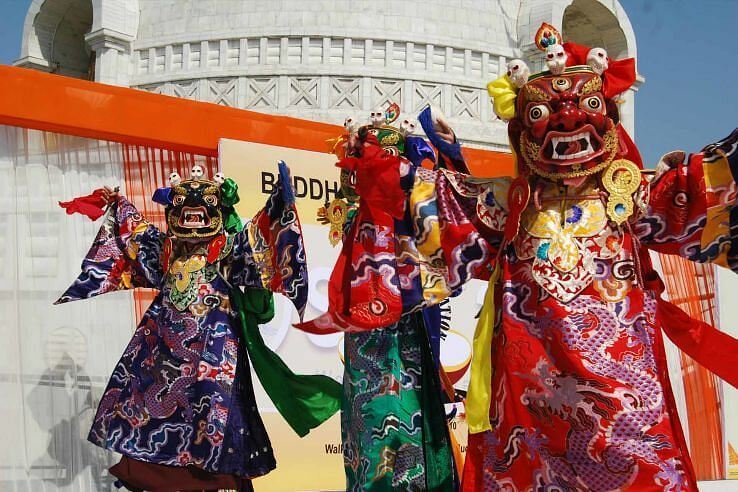
Losar, which is also known as the Tibetan New Year is a festival based on the culture of Tibetan Buddhism.
The timing of the holiday depends on the location where this is celebrated. This is celebrated in various places where there is a certain number of Buddhist population, be it in India, Bhutan, Tibet, Nepal or Pakistan.
The Losar festival is celebrated by the people of Buddhism on the first day of the Lunisolar Tibetan Calendar.
This date in the Tibetan Calendar often corresponds to a date which falls in the month of February or March in the Gregorian calendar. In the year 2018, the new year of the Tibetan Calendar fell on the date of 16th of February in the Gregorian calendar.
The celebration had lasted for two days straight that is until the date of 18th of the same month. This festival is known by various names in the various places, for example, in Nepal, the Tibetan New Year in Nepal is known to the people as Lhochhar and it is celebrated nearly eight weeks before the celebration of the Tibetan Losar.
When is Losar Celebrated in 2020?
In the year 2020, the Tibetan Festival Losar is set to be celebrated on the date of 24th February. This date falls on a Monday and the celebration lasts for two days, i.e. until the 26th of February, which is a Wednesday.
How is Losar Celebrated?
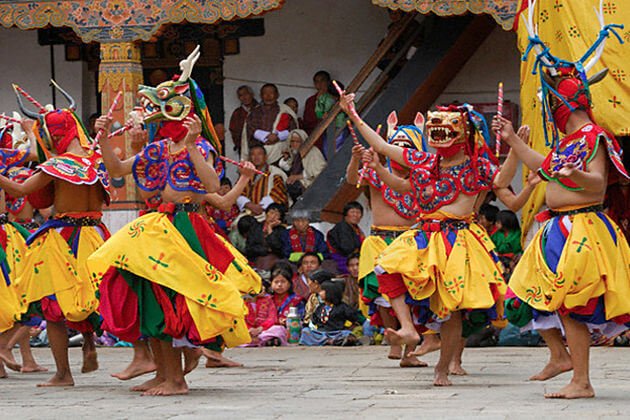
In the city of Ladakh in India, Losar, the Tibetan festival is celebrated longer than the celebration period in Tibet.
In Ladakh, Losar is celebrated for a total of fifteen days. It is a mixture of a lot of things which the people enjoy. The things which are done in a way to celebrate the Losar festival here in Ladakh are a perfect combination of a few cultural events, some exceptional traditional performances and also some ancient and traditional ritual.
These are a few of the most essential things in the celebration of the New Year of the Tibetan Calendar.
In these fifteen days, the first three days of these celebration. These celebrations include the making of a beverage called the Changkoi. It is made on the first day of the New Year Celebration here and the day then proceeds with the chanting and singing of prayers which can be heard in the monasteries there.
The second day is another one of the best days in the celebration of the Tibetan New Year. The second day of this celebration is also known to the people as the King’s Losar. On this day, the people all accumulate in one place and gather in an auditorium which is known as the Hall of Excellence of Samsara and Nirvana.
Many representatives from over Buddhist Communities from Nepal, Bhutan, China, Mongolia et cetera join these celebrations on the second day. It is from the third day onwards that these monks and representatives along with the locals join in the celebration.
An Interesting fact about the Tibetan Festival Losar is that the day of the festival is often seen to overlap the New Year of the Chinese people. The celebration of the festival includes hoisting proper prayer flags in all the important religious locations of the city. This is a time when all the old items from the homes are discarded.
The homes are decorated with new things and various good luck charms which are supposed to bring good luck to the people of the houses. There are also the upsurges of numerous music events all throughout the city and the people here can enjoy their time while dancing to their hearts desire in these musical events. The days end with the people enjoying a proper dinner with their loved ones, friends and family.
The homes are decorated with new things and various good luck charms which are supposed to bring good luck to the people of the houses. There are also the upsurges of numerous music events all throughout the city and the people here can enjoy their time while dancing to their hearts desire in these musical events. The days end with the people enjoying a proper dinner with their loved ones, friends and family.
Where Is The Losar Festival Celebrated?
In India, the Losar festival is celebrated in the city of Ladakh. The celebrations are not just concentrated in a single area in Ladakh and are spread throughout the entire city. The celebrations are usually conducted by the Tibetan Buddhist. People can easily witness these celebrations as these are performed in several monasteries all throughout the city.
History of Losar Festival Ladakh

The history of the Losar festival can go ages back to the pre-Buddhist era in the country of Tibet. There is also a story behind this.
These are old festivals and can be dated back to the time of the 17th century. This was also the time when the Tibetan Buddhism had first made an appearance along with the custom of the incense-burning of the Bon Religion which had merged with the harvest festival in Ladakh.
This merge had led to the formation of the Losar Festival in Tibet under the reign of Pude Gungyal who was also the 9th Tibetan King.
The celebrations of this Tibetan festival begin with the Metho ceremony and a procession of the people who carrying those flame torches and chant some prayers.
A deep belief which prevails is that this celebrati0on marks the cleansing of the evil spirits as well as the negativity that might have accumulated in the previous year. The preparations of the celebrations begin a month prior to the festival. The locals clean up their houses and bring in new clothes and materials to decorate their houses.
The old materials and the unused items are discarded during this time. It is a popular belief that getting rid of these unused and old articles is a symbolic representation of the chasing away of the bad omens and the evil so that the people can continue with a happy life and be prosperous. The decorations are also done with bright colours and there are several rehearsals held for the events and celebrations.
Why Is The Losar Festival Celebrated?
The Tibetan festival Losar is basically the celebration of the New Year according to the Tibetan Calendar. This is mostly celebrated in the countries of India, Bhutan, Tibet and Nepal. The celebrations are a form of the Tibetan Buddhists welcoming the New Year with happiness and music. This was a much more ancient celebration than the formation of the Tibetan Buddhists and was a way of the people for thanking the God.
About Losar Festival
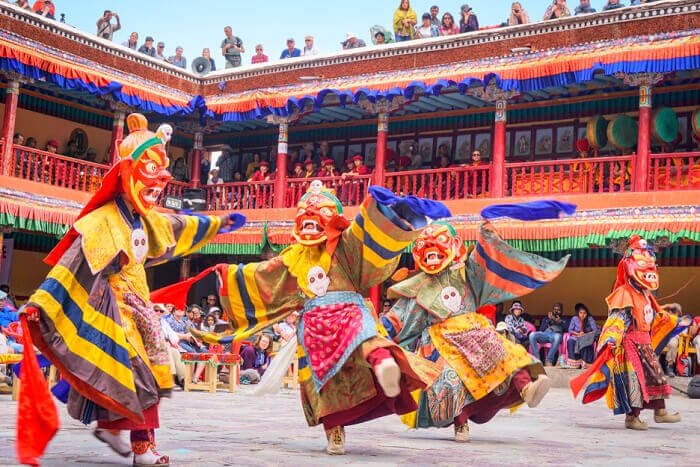
The Tibetan festival of Losar also has an involved gratitude for the agriculture, which is similar to the Vaisakhi in India. With the seeping in of the Buddhism in the Tibetan Culture, a certain change has also been observed in the celebration of the Losar festival. Because of the arrival of the Tibetan Buddhism, a tint of Buddhism is also noticed in the rites, customs and celebrations of the Losar Festival. It is a popular belief that under the reign of the 9th king of Tibet, who went by the name of Pude Gungyal, there was an old woman called Belma who lived there and she used to tech the people about calculation of time which was based on the phases of the moon.
With this belief, many of the local people here refer to the Tibetan Festival of Losar by the name of Gal Gyal Lo. Here, the world Bal refers to Tibet, the world Gyal refers to the king and the word Lo refers to Year. The enthronement of the king here is also celebrated on this very day.
The basic celebrations of the Loser Festival go on for three whole days. Each year, the dates might vary a little. One fact is that this day of the Losar festival might often clash with the day of the Chinese New Year. The celebrations in the homes of the people here begin from a month before the actual date of the Losar festival.
The beginning of the festival and celebration in the houses is marked by the commemoration of those eight symbols which are considered to be auspicious and are related to the Tibetan festival of Losar. These symbols are drawn in the homes and the monasteries with the help of the white powder.
Eight Auspicious Symbols - Losar Celebrations
The eight auspicious symbols for the celebration of Losar are:-
- Parasol is one of the auspicious symbols which are a representation of the Royal Dignity.
- A Pair of Golden fish is a representation of the good future which is supposed to come with the New Year.
- Conch Shells are another representation of spreading the sound of Dharma.
- The Lotus blossom is a representation of the clarity of mind which might lead to a path of enlightenment.
- Vase is a representation of longevity and prosperity.
- The Victory Banner is a representative of the victory of nirvana over worldly pleasures like fear, lust, death et cetera.
- The wheel of Dharma is the most important of the symbols. It is the representation of the path of Nirvana.
- The Eternal Knot is a representation of the union of compassion and wisdom.

